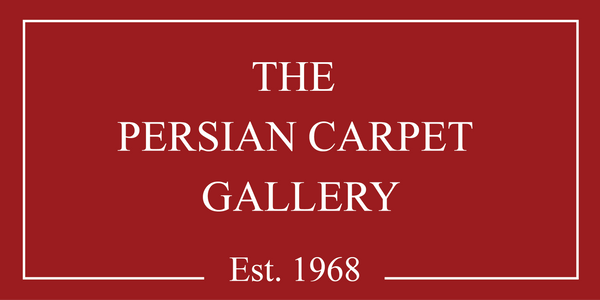Blogs
Hunting Carpet: A Masterpiece in the Museum of Fine Arts, Boston
This exquisite 16th-century Persian hunting carpet is a masterpiece of craftsmanship, featuring intricate designs woven with yellow silk and silver threads. Measuring 480 x 255 cm, it boasts 187,200 Persian knots per square meter, showcasing exceptional detail. The carpet’s vibrant hunting scene and elegant motifs are comparable to a similar piece in Vienna.
Once owned by a Florentine noble and later acquired by Baron Adolphe de Rothschild, the carpet’s historical journey adds to its allure. It was famously featured in the 1926 publication Altorientalische Teppiche. Preserved in remarkable condition, this rare treasure continues to captivate art and textile enthusiasts at the Museum of Fine Arts, Boston.
The Majestic Hunting Carpet of the Österreichisches Museum
The Hunting Carpet, woven in the Imperial Factory of Central Persia in the 16th century, is a breathtaking example of Persian craftsmanship. Now housed in the Österreichisches Museum für angewandte Kunst (MAK) in Vienna, this luxurious silk carpet features an extraordinary 1,274,000 knots per square meter, making it one of the most finely woven carpets in history.
Its intricate design showcases a central star motif, surrounded by floral patterns, mythical creatures, and an elaborate hunting scene. Persian noblemen, armed with bows, lances, sabers, and clubs, pursue 157 wild animals, including lions, panthers, antelopes, and boars, all set against a rich salmon-colored background. The border features a frieze of flowers, birds, and human figures, symbolizing continuity and tradition.
Believed to be crafted during the reign of Shah Tahmasp I (1524–1576) and designed by Sultan Mohammed, the carpet was possibly taken as booty by Holy Roman Emperor Leopold I after the failed Siege of Vienna in 1683. Its exquisite craftsmanship and historical significance make it one of the world's most celebrated Persian carpets.


